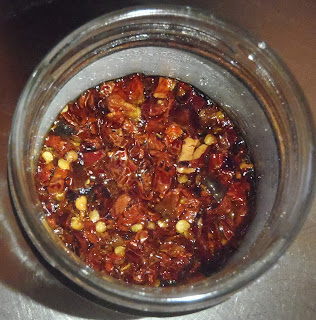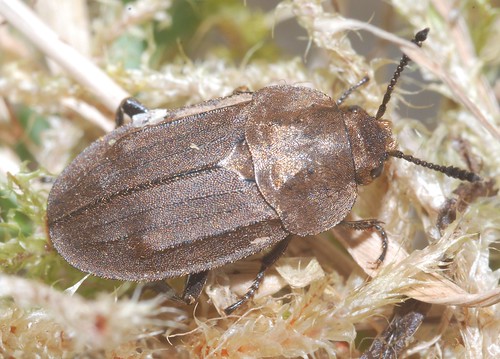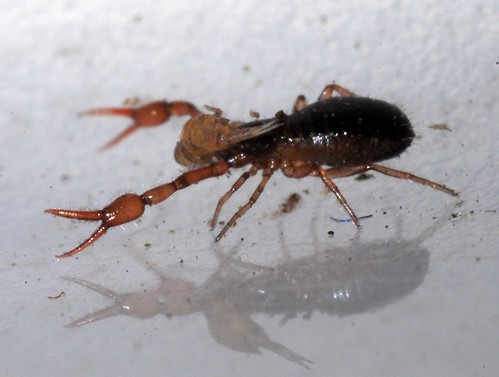I dare say some of you remember the last installment of that fantasy trilogy I've been writing for far too long..? One or two of you might even have bought it, for which much appreciation (and sympathy). Well, the wait for part 2 is over, and here it is:
http://www.amazon.co.uk/Spirit-Between-Worlds-Whispering-ebook/dp/B00CQA9JHC/ref=sr_1_1?ie=UTF8&qid=1368526311&sr=8-1&keywords=spirit+between+worlds
For those who were completely baffled by what was really going on in the first book, things in this one start to become much clearer... although there are of course some big unanswered questions to tie up later. Anyway, I really hope some of you enjoy it as a bit of a diversion from reality, and if anyone wanted to review one or other of them on Amazon, that would be fabulous. I've started to pick up the thread in the third book as well, although it won't be ready for a while.
On the subject of books, albeit a completely different one, my aunt has recently published a historical novel set in mid Wales a couple of centuries back. This was a time when the baptist minister ruled, mistakes were hard to forgive, and life (especially for women) could be very hard indeed. It's not my normal sort of read, but I'm actually finding it beautifully written and utterly compelling... definitely recommended if this sounds like your sort of thing.
http://www.amazon.co.uk/Leap-Wild-Water-Jenny-Lloyd/dp/1482600021/ref=sr_1_cc_1?s=aps&ie=UTF8&qid=1368526583&sr=1-1-catcorr&keywords=leap+the+wild+water
Tuesday 14 May 2013
Any gluttons for punishment?
Thursday 9 May 2013
Chilli oil
The chilli oil has two ingredients: dried chillis and oil. The chillis used in China are hot but not too hot. We couldn't find exactly the right sort here, so we chose to use large Kashmiri chillies. The small Indian dried chillis would have been too hot.
Joe started off by frying the chillis in a little oil. Dry-frying them resulted in burnt chillis, and we had to start again.
This is what the contents of the jar looked like shortly after putting the oil in.
The flavour and colour took a couple of days to develop. Now it tastes exactly like the stuff on the tables in the Chinese noodle shops. Yum!
Thursday 25 April 2013
More Welsh Gold
This is just to give you something to look at... and to further convince you that we've forgotten all about fossils and are looking at shiny things instead. (Actually, that's not true at all - we're working on all sorts of fossily things at the same time, and there are a couple more papers accepted in the past week; we'll certainly be writing something about them when they're ready.)
This here is one of those things you are only ever likely to see once in your life. And that's only if you're looking, and lucky. It hasn't been seen in Powys for the past 50 years, and is one of those beetles that you just can't imagine being overlooked: it's about a centimetre long, and the golden scales are rather good at catching the sunlight.
It's one of the burying beetles, a delightful carrion-feeding group that are fond of decaying animal remains. In fact, they're so fond of them that they're used in forensics to establish how long a victim has lain undiscovered... Some species have the redeeming feature of burying some tasty morsel with their eggs, and adding themselves (both parents) into the cache in order to take care of the little ones. Rather sweet, really. This one probably doesn't bother, though.
If the food is infested by maggots (as it commonly is), those species with some parental scruples tend to abandon the feast and leave it to the flies. The group that this delightful chap belongs to, though, will apparently just eat the maggots instead. It's amazing behaviour for; just goes to show that one should never judge a book by it's cover...
All that said, it appears that Aclypea opaca is rather different. It's also known as the Beet Burying Beetle, for the simple reason that it's fond of beets and turnips. Rather oddly, and in direct contrast to its cousins, this species is vegetarian. The details of its lifestyle, though, remain somewhat obscure, because it's also rather rare. It's listed as Notable A, and is believed to occur in fewer than 30 ten-kilometre squares across the country. So, when it turns up in deep moss beneath gorse and nettles, in an overgrazed sheepy hillside without a turnip in sight... you just have to wonder what on earth it's doing there.
If we hadn't been looking for those thousand species (see previous post), I'd never have seen it. And that really would have been a shame.
Thursday 11 April 2013
A thousand species
It's been amazingly busy, given that we're not working. Technically. One thing that we've taken on is a rather major challenge: record a thousand species in one year in a single l km grid square. The challenge was posted on Wild About Britain* and seems to have attracted quite a few people. If you have some time, and the inclination, it is a wonderful way to get to know the local wildlife; if you're new to nature, then start with a hundred. You won't regret it. Probably.
Part of the impetus for me is that I'm this year's West Midlands Biodiversity Mentor for iSpot (ispot.org.uk), and although I know a fair bit about some groups, my knowledge of others is rather sparse. You see, the difficulty is not in finding a thousand species, but in identifying them. Did you know, for example, that brambles can't really be recorded, because there are a couple of hundred species (technically microspecies) in the UK, and the taxonomy isn't yet worked out? Have you any idea how to distinguish different mosses? (Lucy's starting to find out... it's great fun) And just how many species of rove beetle can one bit of woodland have?? There are some groups that we're not even attempting: midges and parasitic wasps, for example. I'm sure we could do them, by buying the specialist keys from places like Pemberley Books or NHBS (in case anyone's interested in following suit), but it would take so long... and our microscope might not be powerful enough for some of them.
It is a wonderful thing to do, for several reasons. Firstly, it gets you out regularly, discovering all the little footpaths and hidden corners that you wouldn't normally stray onto. Most importantly, though, you get to discover all sorts of extraordinary things when you start looking. I spent a while yesterday looking at micro-fungi on holly leaves (another four species), while the picture above is a pseudoscorpion, probably Neobisium carcinoides. these are fabulous little creatures that you only discover when you start trawling through leaf litter - and yes, they are related to scorpions, although they're far too cute to be scary.
So far we're on 150 species, which isn't bad considering the insects have barely started emerging. (So far I've not seen a bee, an ant or a butterfly since moving to Wales.) Our list is mostly birds and plants, with a smattering of beetles, bugs, fungi, lichens, myriapods, woodlice, springtails and random others. I'll put an ongoing list up here in a bit, as it seems the easiest place to put it**. But now I've got to go to the post office to pick up a big book of mosses (lucky Lucy...) and a key to five families of the Staphylinidae (those pesky rove beetles). No rest for the masochistic, after all.
* For the full rules see: http://www.wildaboutbritain.co.uk/forums/general-wildlife/108512-1000-1-km-square-anyone-up-challenge.html
** Turns out I can't put up a spreadsheet in Blogger, but I've published it online here:
https://docs.google.com/spreadsheet/pub?key=0AhZrXMl6OmOUdDc1QXB3ZWRJdm1qY2VBLVdnZlp3cGc&output=html
It will hopefully be updated automatically when I add things, but I've only just started playing with google documents, so who knows..?







